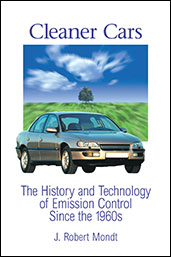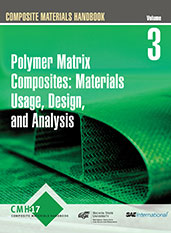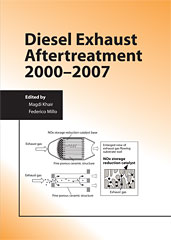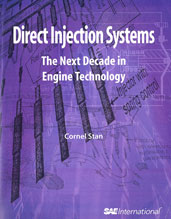Book
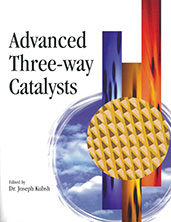
Advanced Three-way Catalysts
2006-02-01
The 51 SAE technical papers included in this volume touch on all aspects of the significant systems engineering effort that has occurred within the broad automobile catalytic emission control technology base during the past fifteen years. Dr. Joseph Kubsh, Deputy Director of the Manufacturers of Emission Controls Association, hand-selected the publications for this volume from hundreds of technical papers published by SAE that address catalytic emission control technologies for light-duty gasoline vehicles. These papers include efforts to improve the performance, durability, and cost effectiveness of the catalytic converter systems used on gasoline stoichiometric engines and the integration of these three-way catalysts into sophisticated powertrains capable of operating at near-zero tailpipe emission levels.





